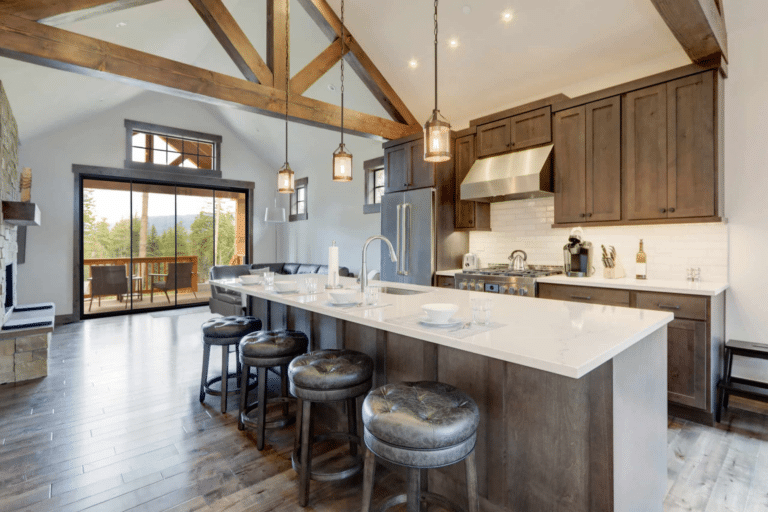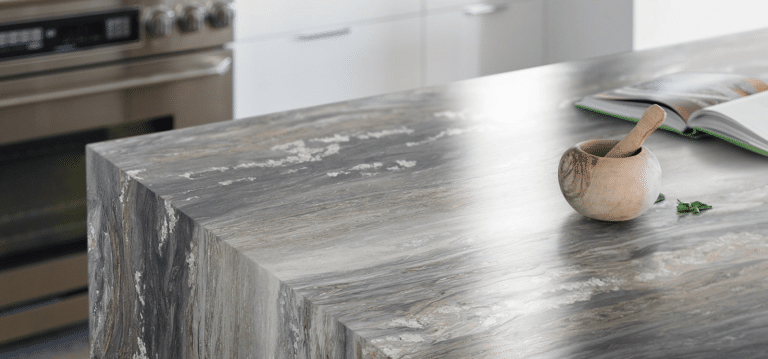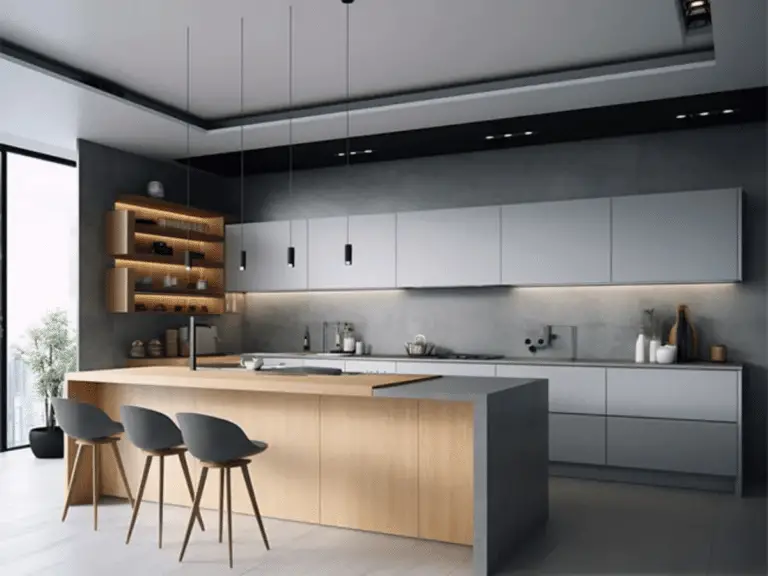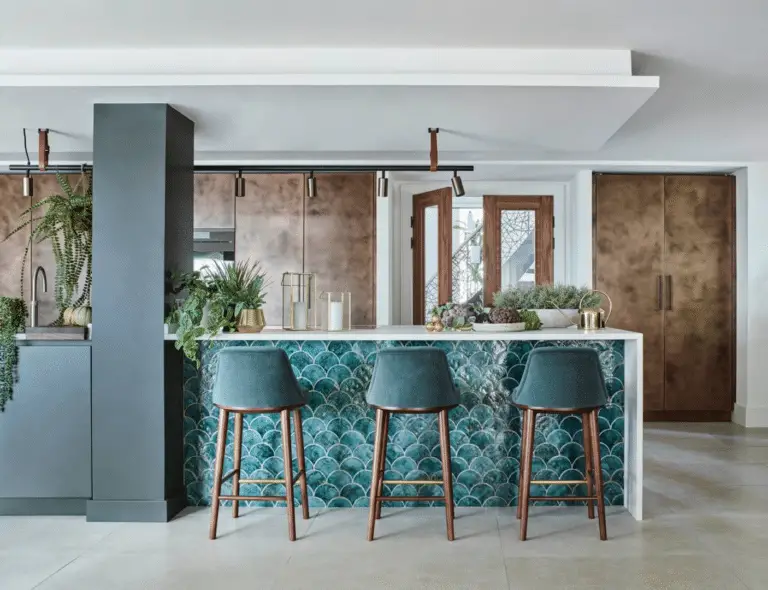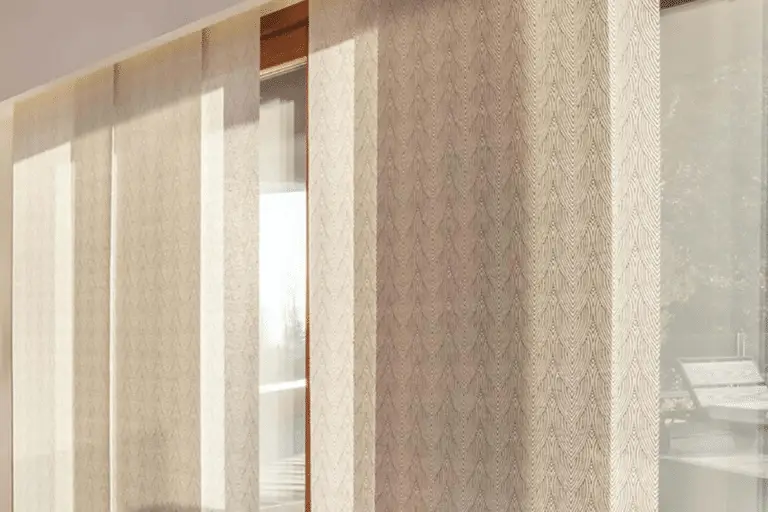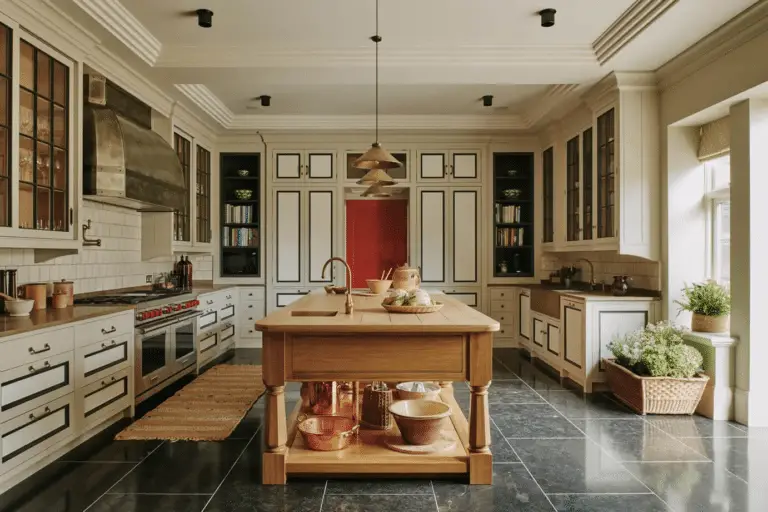Curious about the trendy and functional shiplap kitchen islands? Dive into our blog post to explore the material, customization options, maintenance tips, and cost comparison with alternatives like granite. Discover how shiplap islands offer both aesthetics and practicality in home design. Let’s sail through the world of shiplap kitchen islands together!

Introduction to Shiplap Kitchen Islands

Shiplap kitchen islands have been making waves in the world of home design and renovation, combining both functionality and aesthetic appeal in a unique way. The trend of incorporating shiplap into kitchen islands has been steadily growing, and for good reason. This article will delve into the reasons behind the popularity of shiplap kitchen islands and why they are worth considering for your next home improvement project.
Functionality and Aesthetic Appeal
Shiplap kitchen islands offer a charming and rustic look, adding character to any kitchen space. The horizontal wooden planks create a visually appealing texture and can complement a variety of design styles, from farmhouse to coastal. Beyond their visual appeal, shiplap kitchen islands also provide functionality by serving as additional storage space, a dining area, or a focal point in the kitchen.
The Growing Trend
With the rise of DIY home improvement projects and the popularity of rustic and farmhouse-style décor, shiplap has become a go-to material for adding warmth and personality to living spaces. As more homeowners seek to personalize their kitchens and create cozy gathering areas, shiplap kitchen islands have emerged as a trendy and practical design choice.
By understanding the allure of shiplap kitchen islands, you can appreciate how this design trend can transform your space and elevate the overall aesthetic of your kitchen.
Material and Construction of Shiplap Kitchen Islands

When it comes to creating your dream shiplap kitchen island, one of the first things to consider is the material and construction process. These factors play a significant role in determining the overall cost of your project. Let’s delve deeper into the world of shiplap wood types, quality, and the various costs involved.
Shiplap Wood Types and Quality
The type of wood used for your shiplap kitchen island can greatly impact the final cost. While pine is a popular and affordable option, higher-end woods like cedar or redwood can increase the price significantly. Consider the durability and aesthetic appeal of the wood when making your selection, as this will ultimately affect the longevity and overall value of your island.
When it comes to quality, it’s essential to choose a reputable supplier that provides high-quality shiplap materials. Higher quality shiplap will not only look better but will also stand the test of time, reducing potential long-term costs associated with repairs or replacements.
Construction, Labor, and Installation Costs
Beyond the material itself, the construction, labor, and installation costs are also key factors to consider when budgeting for your shiplap kitchen island. The complexity of the design, size of the island, and any custom features will all impact the final cost of the project.
Labor costs can vary depending on your location and the expertise of the professionals hired for the job. Installing shiplap can be a labor-intensive process, so it’s important to factor in these costs when planning your budget. Additionally, any customizations or intricate design elements may require additional time and expertise, leading to higher installation costs.

When it comes to construction costs, it’s crucial to work with a skilled contractor who understands the intricacies of working with shiplap. Proper installation is key to the longevity and durability of your island, so investing in quality craftsmanship is essential.
In summary, the material and construction of your shiplap kitchen island play a crucial role in determining the overall cost of your project. By choosing high-quality wood, working with skilled professionals, and carefully planning for labor and installation expenses, you can create a beautiful and functional island that aligns with your budget and design preferences.
Customization and Design Options for Shiplap Kitchen Islands
When it comes to creating a shiplap kitchen island, the design possibilities are endless. From choosing the perfect style to selecting the right color, customization plays a crucial role in the overall look and feel of your island.
Exploring Various Styles
One of the key aspects of customization for a shiplap kitchen island is selecting the style that best fits your space and aesthetic preferences. Whether you prefer a rustic farmhouse look or a more modern design, there are countless styles to choose from. Each style can impact the cost of your island, so it’s important to consider your budget and design goals before making a decision.
Considering Different Colors
Another customization option for your shiplap kitchen island is choosing the perfect color to complement your kitchen decor. Whether you opt for a classic white shiplap or a bold, statement color, the color of your island can greatly impact the overall look and feel of your kitchen. Keep in mind that certain colors may be more expensive than others, so be sure to factor this into your budget when making a decision.
Exploring Different Sizes
Customization also extends to selecting the right size for your shiplap kitchen island. Depending on the layout of your kitchen and your specific needs, you may want a smaller island for more space or a larger island for additional storage and prep area. The size of your island can influence the overall cost, so it’s important to carefully consider your options before finalizing the design.
Ultimately, the level of customization and design options you choose for your shiplap kitchen island can greatly impact the cost. By exploring different styles, colors, and sizes, you can create a customized island that fits your space and budget perfectly.
Maintenance and Longevity of Shiplap Kitchen Islands
When investing in a shiplap kitchen island, it’s essential to consider not only the upfront cost but also the long-term maintenance and durability. Shiplap is known for its rustic charm and timeless appeal, but how does it hold up over time?
Discussion on Durability and Potential Long-Term Costs
Shiplap, when properly cared for, can last for many years without losing its aesthetic appeal. However, like any wood material, it is susceptible to wear and tear. Factors such as moisture, humidity, and temperature fluctuations can impact the longevity of the shiplap.
To ensure your shiplap kitchen island stands the test of time, consider sealing the wood with a protective finish and routinely checking for any signs of damage. Addressing minor issues promptly can prevent more significant problems down the line, ultimately saving you money on repairs.
Tips for Maintenance and Care
Regular maintenance is key to preserving the beauty of your shiplap kitchen island. Here are some tips to keep your island looking its best:
- Wipe down the surface regularly with a damp cloth to remove dust and debris.
- Avoid using harsh chemicals or abrasive cleaners that can damage the wood.
- Apply a fresh coat of finish or sealant every few years to protect the wood from moisture and stains.
- Inspect the shiplap for any signs of warping, cracking, or pest infestation and address these issues promptly.
By following these simple maintenance tips, you can extend the life of your shiplap kitchen island and minimize the need for costly repairs or replacements.
Comparing Shiplap Kitchen Island Cost with Alternatives
When considering a kitchen island for your home, cost is often a significant factor in the decision-making process. While shiplap kitchen islands have gained popularity for their rustic charm and versatility, it’s essential to compare the costs with alternative materials to ensure you’re making a sound investment.
Price Comparison with Other Kitchen Island Materials
Granite, butcher block, and stainless steel are common materials used for kitchen islands, each offering its unique benefits and drawbacks. However, when it comes to cost, shiplap kitchen islands can be a more budget-friendly option.
- Shiplap Material: $2 to $7 per sq. ft..
- Installation and Extras: Installation labor costs $1 to $4 per sq. ft. Cabinets may add $150 to $1,200 per linear foot.
- Shiplap Types: Ranges from $2.50 to $4 per sq. ft. for pine to $2.50 to $7 for cedar. MDF is $15 to $60 per sheet.
- Finish and Design: Prefinished boards can increase costs due to added convenience.

Granite is known for its durability and timeless appeal, but it can come with a hefty price tag. The cost of materials, professional installation, and maintenance can add up quickly, making it a more expensive choice compared to shiplap.
- Granite Countertops: $70 to $430 per sq. ft. for the material. Semi-custom islands range from $4,680 to $13,320, and custom islands from $8,680 to $17,320.
- Installation and Extras: Cabinets cost $150 to $1,200 per linear foot. Additional features like sinks, faucets, and appliances have varying costs.
- Granite Grades: Prices range from $40 per sq. ft. for basic granite to over $100+ for exotic varieties.
- Edges and Finishes: Basic edges might be included, but complex designs can add $5 to $40+ per linear foot.

Butcher block is another popular choice for kitchen islands, offering a warm and inviting look. While butcher block is more affordable than granite, it still requires regular maintenance to prevent warping and staining. Shiplap, on the other hand, is relatively low maintenance and can provide a similar aesthetic appeal at a lower cost.
- Butcher Block Countertops: $50 to $150 per sq. ft. installed, covering material and labor.
- Installation and Extras: Labor and supplies cost $20 to $80 per sq. ft. Features like sinks and outlets may increase costs.
- Butcher Block Types and Finishes: Price varies by wood type, from oak at $100 to $250, to walnut at $300 to $3,600. Finishes impact the cost, with finished blocks being pricier.
- Edges: Standard edges at no extra cost, decorative edges add $3 to $15 per linear foot.

Stainless steel kitchen islands are favored for their sleek and modern design, making them a popular choice for contemporary kitchens. However, the cost of stainless steel can be higher than shiplap, especially when factoring in customization and installation expenses.
- Stainless Steel Countertops: $80 to $200 per sq. ft. installed.
- Installation and Extras: Prefab units without sinks start from $150 to $2,500.
- Customization: Custom countertops tailored to kitchen dimensions.
- Kitchen Island Costs: Semi-custom islands range from $2,500 to $19,000 with countertops. Custom islands cost $6,500 to $31,000.
| Feature | Granite | Butcher Block | Stainless Steel | Shiplap |
|---|---|---|---|---|
| Material Cost | $70 to $430 per sq. ft. | $50 to $150 per sq. ft. | $80 to $200 per sq. ft. | $2 to $7 per sq. ft. |
| Installation and Extras | Cabinets: $150 to $1,200 per linear ft. | Labor and supplies: $20 to $80 per sq. ft. | Prefab units: From $150 to $2,500 | Labor: $1 to $4 per sq. ft. |
| Customization | Custom islands: $8,680 to $17,320 | Custom types and finishes impact cost | Custom tailored to kitchen dimensions | Prices vary by wood type and finish |
| Kitchen Island Costs | Semi-custom: $4,680 to $13,320 | Semi-custom: $2,500 to $19,000 | Semi-custom: $2,500 to $19,000; Custom: $6,500 to $31,000 | Not specified directly; based on material and labor costs |
Understanding the Value for Money Factor with Shiplap Islands
When comparing the cost of shiplap kitchen islands with alternative materials, it’s important to consider the value for money factor. While shiplap may have a lower upfront cost, it offers a timeless and versatile look that can enhance the overall aesthetic of your kitchen.
Additionally, shiplap is a durable material that can withstand daily wear and tear, making it a practical choice for busy households. With proper maintenance, a shiplap kitchen island can provide long-lasting value and add character to your space without breaking the bank.
Ultimately, the cost of a shiplap kitchen island is influenced by various factors such as size, customization, and installation. By comparing the expenses with alternative materials and weighing the value for money factor, you can determine if a shiplap island is the right choice for your home.
Set Sail for Stylish Savings: Wrapping Up Shiplap Kitchen Island Costs
As you navigate the sea of shiplap kitchen island options, remember that customization can steer costs in different directions. Whether you opt for a sleek design or a rustic charm, m aintenance is key to keeping your island shipshape for years to come.
While comparing costs with alternatives like granite or butcher block may seem daunting, shiplap islands offer a unique blend of durability and affordability. So weigh anchor and set sail towards a stylish yet cost-effective kitchen upgrade with a shiplap island!


